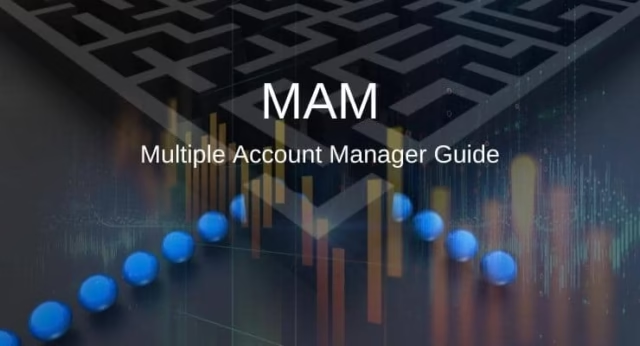In Thailand’s trading community, collaboration isn’t just a social choice it’s often a strategic one. Some traders prefer going solo, but a growing number are turning to shared approaches that let them manage risk and capital more efficiently. One standout example is the MAM trading account. This setup allows a single trader to execute trades across multiple accounts, with position sizes adjusted based on each investor’s balance. And in the Thai context, where trust and relationships play a strong cultural role, this model feels like a natural fit.
A MAM trading account appeals to groups of traders or investors who want to combine oversight with flexibility. One experienced trader, often called the “manager,” handles the decision-making. Everyone else links their trading accounts to the manager’s, maintaining ownership and transparency. If the manager places a trade, it’s automatically mirrored across the group, with results proportionally shared. In a close-knit Thai network whether it’s family, friends, or former colleagues this structure offers shared control without the need to constantly monitor the markets.
For newer traders or investors without much time, this offers peace of mind. They don’t have to navigate platforms daily or make fast decisions in a volatile market. They trust the appointed trader, watch their performance, and still retain the option to withdraw or adjust at any time. It’s an arrangement that blends professional structure with personal trust, which aligns with Thai values of cooperation and shared success.
Many Thai traders see the MAM system as a way to create an in-house fund without the red tape. There’s no need to register a company or manage complicated pooling of funds. Instead, platforms offering MAM functionality handle the trade distribution automatically. Everyone logs in through their own accounts, but the trades originate from a central command. It’s like having a team leader who drives while everyone else chooses the route they’re comfortable with.
This model also allows traders to scale. A skilled trader who proves consistent can gradually manage more capital across multiple clients, building a name within the community. It opens doors to growth without the need to chase formal asset management qualifications. In Thailand, where entrepreneurship is celebrated, this kind of informal progression feels empowering. A former student or part-time trader could, through a MAM account, become a full-time money manager with a group of loyal clients behind them.
From a technical standpoint, the MAM trading account setup suits platforms already popular in Thailand, like MetaTrader 4 and 5. Traders can customise how positions are split whether it’s by balance, equity, or risk level. That means someone with a larger account won’t overshadow someone with less capital. Everyone participates according to their means, which makes the system feel fair and inclusive.
Some Thai traders also use MAM accounts to test strategies in real-world conditions. By managing multiple accounts, they can see how a single system performs across different capital sizes and risk settings. This real-time data is more valuable than a simulation. It helps refine their methods and gain experience with live market pressure, without needing to risk all their own funds at once.
Ultimately, the success of a MAM trading account depends on the trader’s skill and the group’s alignment. In Thailand, where group loyalty often extends beyond the trading screen, this alignment can be strong. It creates a blend of business and personal goals people don’t just want profits; they want shared wins.
That’s why more Thai traders are choosing to manage money this way. It’s not just about technology or returns. It’s about trust, growth, and being part of something that feels bigger than one person’s screen. When managed well, a MAM trading account isn’t just a trading tool it becomes a shared path forward.







